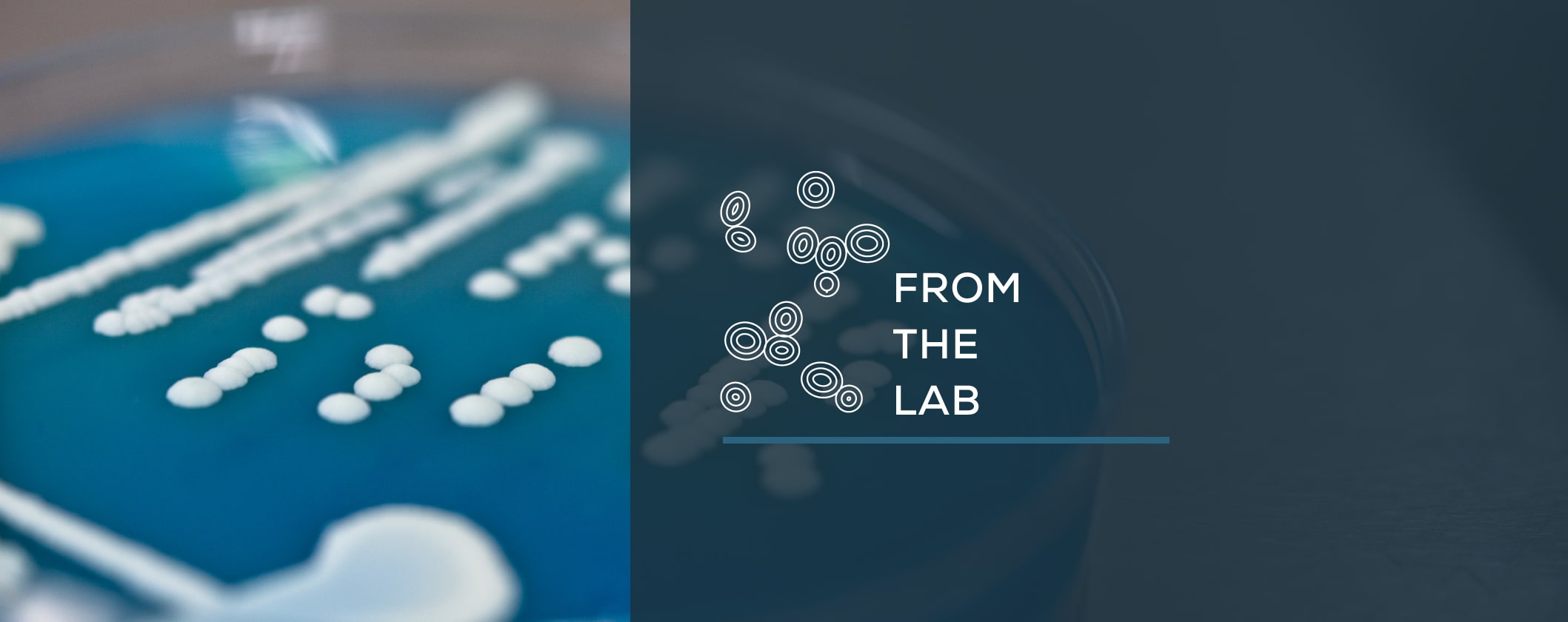Back to Basics: What makes sour beers sour?

PC Collection: Belgian Summer
For years brewers saw Brettanomyces as an undesirable wild yeast that “spoiled” beer. But, today, breweries around the world are using Brettanomyces strains to produce funky and fruity styles similar to traditional Belgian ales. The brewing industry uses “Brett” strains to produce sensory compounds, adding complexity and depth to their beers.
Sours and wilds get their flavor, aroma, ester, and phenols from Brettanomyces. Depending on which species you’re working with, flavors can range from pineapple and hay to acrid smoke. There are many different species of Brettanomyces, but the most commonly used strains for brewing include B. bruxellensis and B. claussenii.
B. bruxellensis and B. claussenii play a major role in Belgian beer styles including Lambic, Flanders Red Ale, Gueuze, Kriek and Orval. B. bruxellensis produces “off-flavors” that are slightly sour and earthy. At the same time, B. claussenii adds overtones of tropical fruit and pineapple. Sours and wilds cannot attribute their acidity entirely to Brett, but rather Lactobacillus, a sugar-eating bacteria leaving behind lactic acid, producing a sour yet bright flavor.
This summer, fire up the kettle and try your hand at brewing the best Belgian-inspired sours with 5151-PC Brettanomyces claussenii from our Quarter 3 Private Collection BELGIAN SUMMER to create complex, fruity, pleasantly sour, wild wheat ales.
Check out the American Homebrewers Association for a delicious Golden Sour* recipe! Find out more about which styles pair best with this strain at WWW.WYEASTLAB.COM
*Wyeast recommends pitching twice the brett for 100% Brettanomyces beers.
